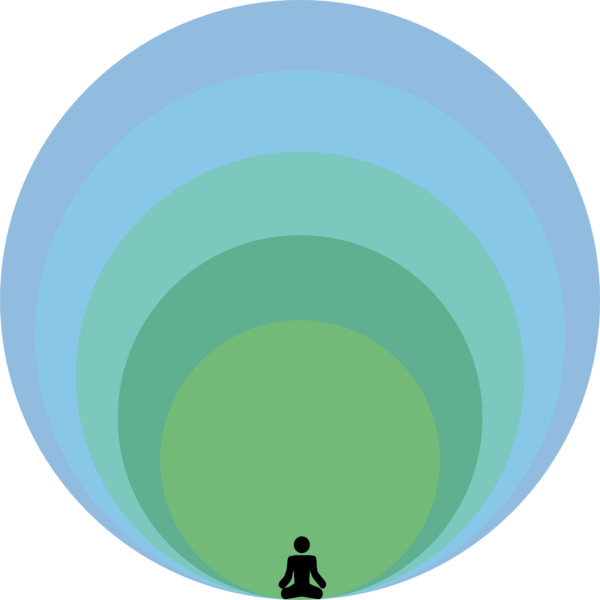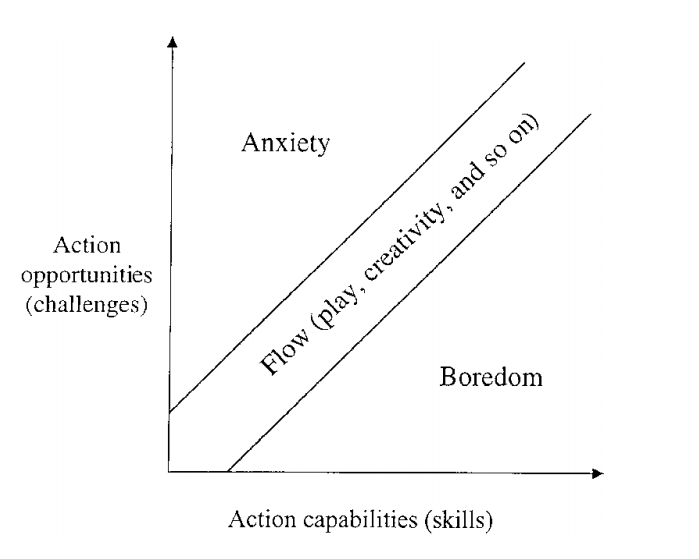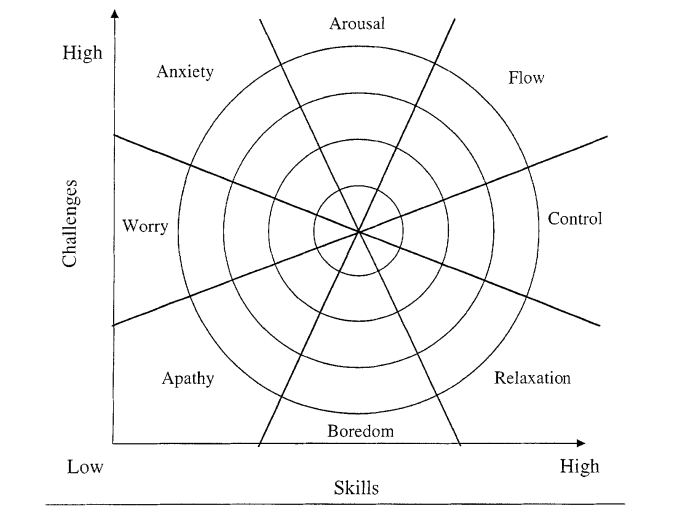What do I still need to get done today? I thought as I rounded the corner en route to my mentor’s office. I guess I will figure it out momentarily.
Seeing a light pouring into the hallway from the doorway, I paused briefly to rub my eyes. I had spent three straight hours the evening prior compiling all of the data from a study that I had been working on for about four months. It was the first time I had led a study, and the possibility that I would discover nothing of significance gave me a sinking feeling. Despite that possibility, I was eager to uncover what lay beneath the raw data.
I was in the midst of studying for Step 1 on the day I ran the data analysis. The slow creep of burnout had begun to overtake me after I finished the twentieth block of practice questions in about eight days. While I was always delighted upon finishing a block of forty random questions, I never did get the same fulfillment as I did from completing another step in the research process. I recognized the need for completing the practice questions, but apart from the ephemeral gratification I felt after getting a few questions right, I experienced no enduring happiness from doing them. I was simply going through the motions.
After taking a deep breath and retracting my shoulders to stretch, I entered my mentor’s office, greeted him and casually took a seat in front of his desk. I updated him about the dataset and what the next steps were for that day. We discussed the technical aspects of the data analysis and how to utilize the statistical software. After noticing that I was stumbling over my words in an attempt to summarize the crude trends I noticed in the data, my mentor examined my face closely.
“Are you feeling exhausted or stressed?” he inquired with a concerned tone in his voice. “I just want to make sure you are taking care of yourself mentally because you are doing so much work for this project on top of all of your responsibilities as a student.”
“No,” I smiled. “Even though it has been a lot of work, it has never felt like work.”
Although it seemed like I was making excuses to assuage my mentor’s worries, I meant what I said. No matter how many hours I put into the project or how much I mentally grappled with different aspects of the research process, I consistently felt invested in and invigorated by what I was doing. I remained even-keeled during challenging times because I was always “in the zone.” The effort required for many tasks was paradoxically taxing and restorative. As a result, the fulfillment of leading this research project helped me to persevere even when studying for Step 1 became demoralizing and the challenges associated with it seemed insuperable. In other words, I found meaning in my research.
—
What does it mean to lead a meaningful or purposeful life? One common feature that appears in many cultures is the pursuit and attainment of happiness throughout life. The modern concept of “happiness” can be difficult to define because the experience of happiness itself is related to subjective well-being, which makes it dependent on the context in which an individual experiences something.
Despite this, recent research has unearthed predominant patterns in happiness, and consequently, two major perspectives have emerged: hedonia and eudaimonia. The hedonic perspective emphasizes the transience of happiness derived primarily from experiencing pleasure and minimizing exposure to pain. On the other hand, the eudaimonic perspective proposes that meaning and self-realization are integral to enduring happiness and defines well-being in terms of flourishing.
The fields of positive psychology and public health have conceptualized happiness and its relationship to well-being indicators associated with feeling and being healthy. One notable researcher in this arena is Mihaly Csikszentmihalyi, whose research related to flow state ignited scientific inquiry into what mental states promote one’s ability to flourish. Csikszentmihalyi proposed a model for flow wherein a person who is in “flow state” is fully immersed and invigorated by the activities in which he is involved. In this sense, someone who is in a flow state could also be described as being “in the zone.”
Images created by Jeanne Nakamura & Mihaly Csikszentmihalyi (2009). Appeared in the chapter titled “The Concept of Flow” from the Oxford Handbook of Positive Psychology. The images above depict the relationship between relative levels of challenge and skill and how flow emerges when the two are balanced. The top image represents the older model for flow, and the bottom image shows the more current version of the model.
This idea of a flow state is grounded in the enduring pattern of happiness described by the eudaimonic perspective. The achievement of flow is based on having a skill-challenge ratio of approximately 1.0 for a given task. Thus, flow and eudaimonia are connected because the modulation of perceived skill and challenge in large part comes from one’s sense of meaning, purpose and goals in life, which are the underpinnings of eudaimonia. As a result, when in a flow state, a person does not often experience significant psychological stress while performing a task and is more likely to put forth more effort without becoming exhausted.
While eudaimonia does have a stronger association with flourishing and having a fulfilling life than hedonia, it does not mean that there is no place for hedonia in the pursuit of happiness. In terms of psychiatric disorders, one of the cardinal symptoms of major depressive disorder is anhedonia, which refers to a patient’s inability to experience pleasure. Therefore, by negative definition, the hedonic perspective is a key consideration because we are instinctually programmed to be pleasure-seekers.
When this drive to seek out pleasure and avoid pain wanes, it is considered abnormal and likely disordered because it creates a negative approach toward life experiences. This tendency toward negative biases is noteworthy in its relationship to productivity: chronic negative appraisal tends to decrease goal-oriented cognition since one ceases to expect a pleasurable outcome, which is frequently the impetus to take certain actions initially.
One way of understanding the interrelated roles of both the hedonic and eudaimonic perspectives in our lives is to consider the interplay of states and traits. In terms of emotional experience, a “state” refers to a temporary, situational emotion that exists for a brief period of time, whereas a “trait” is a dispositional pattern of experience that occurs on a long-term basis. States and traits can influence one another: repeated states can shift the baseline (i.e., trait), and changes in a trait can frame one’s experience of a state.
When we apply this logic to happiness, we can think of hedonia more in the context of “state” happiness and eudaimonia more in the context of “dispositional” (or trait) happiness. Extending this logic, we can argue that dispositional happiness can be the average of happiness states in some cases, which the image below illustrates.
Image created by Ashten Duncan.
So, what does this distinction between hedonia and eudaimonia mean for us as future health care providers? What about for our future patients? All of us are humans who are driven by a basic pleasure-seeking propensity, and we thrive when our moments of pleasure help us to progress toward meaningful goals. As I discussed extensively in previous installments of this column, health behavior changes are the most readily attainable when the energy we invest in the change align with our other energy investments, and setting a health-related goal is easier when that goal aligns with our larger goals and purpose in life. These concepts are equally applicable to providers and patients.
The nuance to this discussion of happiness is that moments of pleasure (i.e., hedonia) — particularly when they are meaningful and encourage self-realization — can have a cumulative impact on a person’s enduring happiness (i.e., eudaimonia). This enduring pattern of happiness can lead to sustainable feelings of well-being and an ability to persevere when faced with new or evolving challenges. In a practical sense, promoting eudaimonia means that we as future health care providers have a better chance of handling the burdens of our jobs with more resilience. Thus, we will be better able to keep our purpose for providing health care services in perspective.
—
As I reflect on my dedicated study period last year, the most fulfilling memories I have relate to the research I was doing outside of preparing for the notorious board exam. While the intensive studying was necessary and accompanied by moments of euphoria and satisfaction, it only partially contributed to my enduring happiness and sense of purpose. Becoming a physician is a large part of my life’s purpose; I do not want to imply that tackling a major hurdle on the way to becoming one does not matter. However, my ultimate goal in life is not to pass an exam; it is to serve my community and adapt to its needs. Such adaptation includes generating new ideas and questions that lead to improvements in the quality and safety of the care I deliver. Research has helped me to flourish because it has made me more adaptable and, thus, more capable of achieving my ultimate goal.
We would be lucky if our jobs always aligned with our purpose. Since this will unfortunately not be the case, we must remember that we are more than just our jobs. We owe it to ourselves and our patients to remain balanced and embrace the things in life that make us who we are. After all, those are the things that allow us to be in flow.
As medical students, we sometimes lose sight of our purpose for going into medicine and feel that we are exerting ourselves excessively with little feedback from our environment. It is important that we remember that, while we are living through the experiences that come with our training, our future patients are also living through their own experiences. The focus of this column is to examine topics in positive psychology, lifestyle medicine, public health and other areas and reflect on how these topics relate to medical students, physicians and patients alike.




